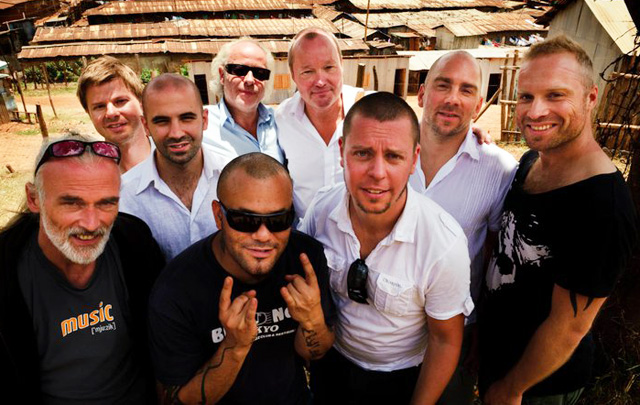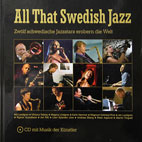In April 2013, after 3 consecutive years supporting the work of MSF in Kibera – Kenya, the Funk For Life project has for ambition now to support as well the work of MSF in Khayelitsha, South Africa (SA).
Funk For Life in SA will aim to portray life in the township of Khayelistha, Cape Town whose most population is living in very precarious situation without clean water, electricity, sanitation, education or healthcare.
On top of the music instrument distribution & music workshop in the music schools in Khayelitsha, Funk For Life Project in South Africa will comprised a series of short clips composed of interviews, discussions and stories from the township inhabitants and Docotrs without Borders (MSF) patients, the Funk Unit artists & Lira themselves and of course aid workers from Doctors Without Borders (MSF) and their endless efforts to fight the HIV/AIDS & TB epidemics inside the township.
The video clips will not only show the tremendously difficult living conditions in Khayelitsha and the work of MSF, but will go beyond Nils and Lira’s public persona to their private life as humanists and their respective quest for “Music for Change”.
Khayelitsha…
Khayelitsha is a large township with over 500,000 inhabitants located on the outskirts of Cape Town. The majority of the population originates from regions outside Western Cape Province: only an estimated 5% of the population is born in Khayelitsha, and an estimated 75% of the people come from Eastern Cape, come in the hope to find a job and increase the quality of their life.
Thirty percent of the population are children under the age of 14, and 46% of the total population is between 15 and 34. The ratio men: women is approximately 50:50. Over 70% of the population are living in informal housing (shacks), with the remaining one-third lives in brick houses.
The literacy rate (defined as able to read a newspaper in isiXhosa, the most commonly spoken language in Khayelitsha) is high, at about 94%. More boys than girls attend primary school. Overall, 70% of the people have obtained their Junior Certificate (obligatory schooling certificate at the end of Grade 9) and an estimated 25% of the population has graduated from high school. There is no gender difference in high school graduation. Although the percentage of the people going on to tertiary education is very low at less than 5%, approximately twice as many girls than boys continue to further education.
The rates of poverty, unemployment and crime, including sexual violence, are alarming. Full-time employment is very low, especially for women, with only 17% stating they are in full-time employment while approximately 45% are unemployed. Among men, an estimated 33% are considered to have full-time employment and about 27% are unemployed. A significantly higher proportion of women (63%) than men (45%) depend on their family and friends as main source of money.
Khayelitsha carries one of the highest burdens of both HIV and tuberculosis (TB) in the country. An estimated 100,000 people in Khayelitsha alone are HIV infected, which represents 20% of the total population. Every month almost 1,000 new people find out that they are HIV positive.
The adult HIV prevalence rate in 1999 was estimated at 15%, increasing to 30% at the end of 2007 and decreasing to 20.3% at the end of 2010. In 2007 antenatal HIV prevalence was 30.2% decreasing to 26.3% at the end of 2010.
26% of all adults on antiretroviral therapy (ART) in the Cape Town Metropolitan area are treated in Khayelitsha. As of August 2011, the Khayelitsha clinics are providing ART for almost 20,000 patients. Over 4,600 new patients are started on ART each year.
Accompanying the enormous AIDS epidemic in Khayelitsha is a catastrophic TB crisis. The TB incidence is more than 1,400/100,000 per year (26% of all Metro TB cases), and TB/HIV co-infection is close to 70%, making Khayelitsha one of the highest TB burden settings in the world.



